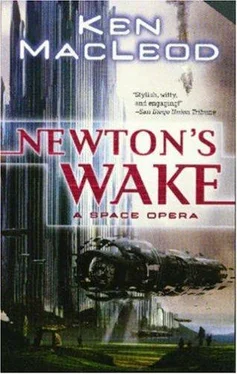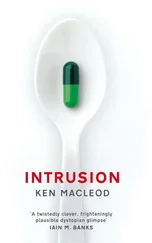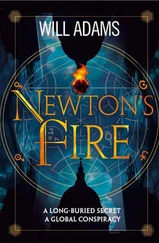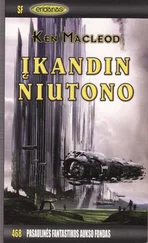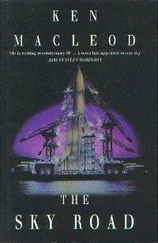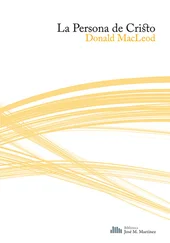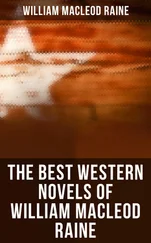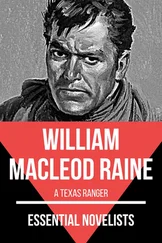On their return to the cave entrance Johnstone called up the pilot, who brought the Extacy directly outside. Even more slowly and carefully, they got the object up the ramp and into the ship. With more buckyball lubricant and, this time, muscle force, they pushed and pulled it into the lead shelter. Cleaning up the lethally slippery lubricant took longer.
‘Now for the tricky bit,’ said Johnstone.
H
e had, as he’d claimed, done the math. The pilot already had the coordinates of the receiver’s location, and Johnstone had an even more precise spot in mind for the break-in. There was no GPS—even the radiation-hardened exploration satellites thrown into orbit by the first expedition had long decayed or burned out—so navigation was an old-fashioned affair of checking the apparent position of the more prominent of the detectable stars, then of matching local gravitational anomalies with their records, then of matching the disorderly ground with the highresolution maps, then of radar pinging.
‘This is definitely it,’ Johnstone said, as the Extacy hovered above a two-kilometre-wide bulge of upraised plain in a circle of eroded hills, all of which looked almost identical to a hundred adjacent features even on the map, let alone in the glowing murk. The radar and the gravity meter showed empty space underneath, as they had for the plain behind the nearby range, and behind the one before that.
‘You’re absolutely sure of this,’ Higgins said.
‘Absolutely,’ said Johnstone. He left the shelter and wheeled the bomb to the hatch. ‘Take us to twelve hundred metres,’ he told the pilot. ‘Forward one hundred metres, ten, four. Mark.’
Then he tipped the bomb out. A second or two later a faint thud was detectable through the ship’s external microphones. There was no flash.
‘An earth-shattering kaboom ,’ Johnstone said, sauntering back to the shelter.
‘That’s it?’ Carlyle asked.
‘Of course it is,’ Johnstone said. ‘Come out and take a look.’
They did. Beneath the hatch a black round hole, still infrared at the edges, fifty metres across and surrounded by a ragged ring of ejecta, was clearly visible against the grey and glint of the plain. Deep within the blackness indistinct shapes glowed faintly.
‘Told you so,’ said Johnstone. ‘Down we go.’
Higgins clambered the ladder to the crane’s cabin and manoeuvred the huge machine to straddle the hatch. Johnstone attached himself to the end of the cable; Carlyle clipped on just above him. The descent was swift and smooth. They could have been in a lift. The lip of the hole was exactly as Johnstone had said, ten metres thick. Higgins checked the descent just after they’d passed it. Their helmet lamps and handheld lights picked out a space even vaster than the first cave, and more cluttered, and with larger and stranger machines, as big as blue whales and as complex as protein molecules: folds and helices, mirror-perfect plane surfaces, dendritic bushes, arrays of lobate panels. Tiny lights pulsed or raced among them and along them, like remote descendants of the blinkenlights on an antique server.
Johnstone guided the pilot and Higgins through a few more fine adjustments, and then they were lowered to the flat basalt floor in a motorway-wide aisle between rows of the machines. Keeping the rope attached, Johnstone strode confidently forward, turned a corner, and peered into a gap.
‘Shit,’ he said.
‘What?’
‘I died here.’
‘How do you know?’
‘I gave the location in my final message,’ he said.
‘You could have been delirious by that time.’
‘I doubt it. Anyway, look.’ His beam and his pointing finger indicated a ragged scorch-rimmed hole in the smooth pedestal of the fractal pagoda in front of them. ‘Webster bolt.’ Dipping, the beam found a spattered smear on the floor, crusted over with some crystalline mould. ‘Blood.’
‘So where’s the body?’
‘That’s what I ask myself,’ said Johnstone. He giggled. ‘Watch out for Johnstone the headless Webster gunner.’
‘Fuck,’ said Carlyle, backing out of the alley and looking over her shoulder. ‘Don’t say things like that.’
‘What’s to worry about? We’re zombies ourselves now anyway. Or hadn’t you noticed?’
Carlyle checked. She was over the red line. No deep spiritual insights followed. Just as well, she thought, as they would have died with her. But she felt less spooked.
‘I thought we were heading for the QTD,’ she said.
‘It’s a few minutes walk from here. Allow me a moment of sentimental curiosity.’
As she followed him along the aisle Carlyle in fact felt reassured by the precision of his navigation. This feeling didn’t last. After about fifty metres Johnstone halted and turned aside to marvel at an inlaid screen at about eye level, a rectangle about one and a half metres by two and a half. It was a dull pewter colour and held a watery pattern that wouldn’t quite resolve into a moving monochrome picture. She wanted to stare at it, to make it stabilise, but every time its evanescent shapes eluded her—
She jerked her head sideways, breaking the spell. Before she could stop him, Johnstone had extended a lead from his helmet and was jacking it into a socket in the screen’s bottom right corner. She swiped at the cable and the pin sprang out. Johnstone didn’t react. She waved a hand in front of his faceplate. Still no reaction. She grabbed his shoulders and pushed him gently back. His feet paced, keeping his balance, but his eyes stared out, still in a dwam. Fuck, fuck, fuck. She wished she still had a familiar handy, to hurl a disposable and screamingly reluctant copy into the internal fray of Johnstone’s suit circuitry. But since Shlaim’s defection, she’d lost her trust in virtual slaves. She was alone in her suit.
Back to elementary first aid, the rule-of-thumb routines the Carlyles had put together from centuries of experience in dealing with CNS hacks. She drew back her fist, made sure he could see it coming if he could see anything at all, and punched at his faceplate as hard as she could. The blow didn’t shatter the plate, or numb her knuckles, but it knocked Johnstone off his feet.
‘What the fuck was that for?’ Then: ‘ … Oh, thanks.’
He struggled to his feet, disentangling himself from the cable.
‘Hang on a minute,’ he said. He blinked rapidly, eyes rolling as he paged through head-up menus. ‘Good, that’s it cleared.’
‘Sure?’
‘Best antivirus money can buy,’ Johnstone said smugly.
‘I bloody hope so.’
‘They don’t evolve, that’s one thing.’
‘Small mercies.’
Johnstone laughed. ‘It’s the biggest.’
They walked on. It was like being in the Valley of the Kings, or Manhattan, or Polarity, except that every one of the great machines contained more art and craft and mind than the entire civilisations that had produced these works of man. Carlyle, looking at it all with a looter’s eye, had long grown blasé at this thought.
The QTD receiver was, in that place, brutal in its simplicity: a tenmetre torus of lead, with a ring of the same gold and instrumentation as the transmitter had, inlaid in a deep groove around its inner surface. Its base was an proportionately huge rectangular mass. Johnstone vaulted up on it, disengaged himself from the line, told Carlyle to do the same, and then passed the end of the cable around the ring. He knotted the rope carefully, checked it a few times, and gave a thumbs-up. With a lot of careful instructions and some errors they and Higgins between them managed to drag it to beneath the hole. Carlyle, sitting on the opposite side of the base, rode up with Johnstone as the cable carried the massive object up into the ship’s hold. Higgins rolled the crane forward and lowered the device to the floor.
Читать дальше
